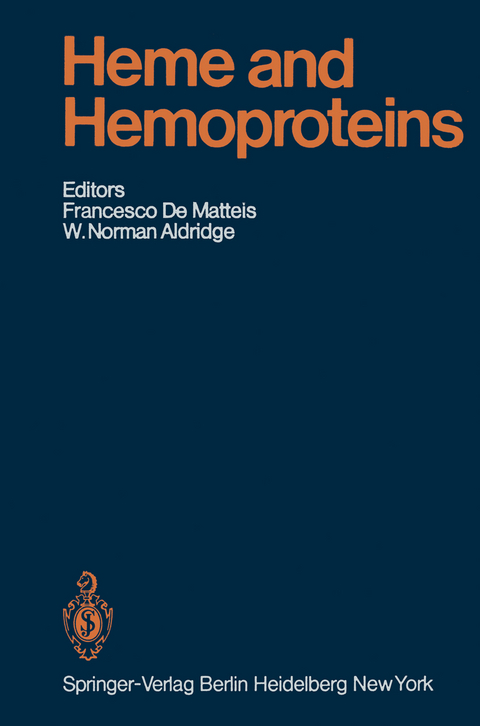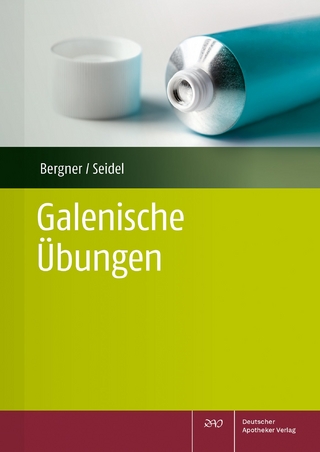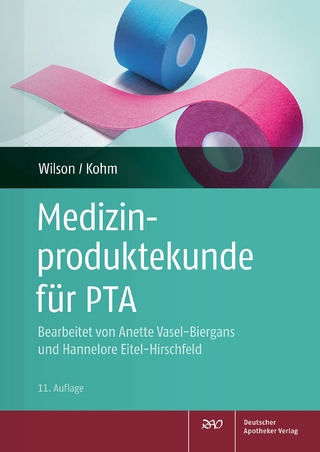
Heme and Hemoproteins
Springer Berlin (Verlag)
978-3-642-66765-7 (ISBN)
1 The Biosynthesis and Degradation of Heme.- A. Introduction.- B. Structures of Porphyrins and Hemes.- C. Function and Turnover of Hemoproteins.- D. Enzymes of Heme Biosynthesis and Degradation.- E. Conjugation of Bilirubin.- F. Control of Heme and Hemoprotein Biosynthesis.- Abbreviations.- References.- 2 Induction of Hepatic Hemoproteins.- A. Introduction.- B. Use of the Term Induction in Studies on Mammalian Tissues.- C. Tryptophan Pyrrolase (Dioxygenase).- D. Cytochromes of the Endoplasmic Reticulum.- E. Catalase.- F. Mitochondrial Cytochromes.- G. Summary of Conclusions.- Recommended Reviews.- References.- 3 Inhibition of Liver Hemoprotein Synthesis.- A. Introduction.- B. Agents Inhibiting Heme Biosynthesis and Hepatic Hemoprotein Synthesis.- C. Conclusions.- Abbreviations.- References.- 4 Loss of Liver Cytochrome P-450 Caused by Chemicals. Damage to the Apoprotein and Degradation of the Heme Moiety.- A. Introduction.- B. Loss of Liver Cytochrome P-450 Caused by Chemicals Which Require Metabolic Conversion to Reactive Derivatives.- C. Increased Breakdown of the Heme of Liver Cytochrome P-450 Associated with Lipid Peroxidation.- D. Loss of Liver Cytochrome P-450 Caused by the Administration of Various Metals.- References.- 5 Hepatic Porphyrias Caused by 2-Allyl-2-isopropylacetamide, 3,5-Diethoxycarbonyl-1,4-dihydrocollidine, Griseofulvin and Related Compounds.- A. Introduction.- B. The Mechanism of Induction of Porphyria by Drugs.- Abbreviations.- References.- 6 Porphyria Caused by Hexachlorobenzene and Other Polyhalogenated Aromatic Hydrocarbons..- A. Introduction.- B. Properties and Metabolism of Porphyrogenic Polyhalogenated Aromatic Hydrocarbons.- C. Porphyria Caused by Hexachlorobenzene and Other Halogenated Aromatic Hydrocarbons.- D. The Effect of Polyhalogenated Aromatic Hydrocarbons on Heme Metabolism in the Liver.- E. The Mechanism of the Porphyrogenic Action of Polyhalogenated Aromatic Hydrocarbons.- F. General Conclusions.- Abbreviations.- References.- 7 The Effect of Chemicals on Hepatic Heme Biosynthesis. Differences in Response to Porphyrin-Inducing Chemicals Between Chick Embryo Liver Cells, the 17-Day-Old Chick Embryo and Other Species..- A. Introduction.- B. Porphyrin Induction in Chick Embryo Liver Cells.- C. Porphyrin Induction in 17-Day-Old Chick Embryos.- D. Porphyrin Induction in Chickens and Japanese Quail.- E. Differences in Response to Porphyrin-Inducing Drugs in Different Species and Model Test Systems.- Abbreviations.- References.- 8 Pharmacogenetics in the Field of Heme Metabolism: Drug Sensitivity in Hereditary Hepatic Porphyria..- A. Hereditary Hepatic Porphyrias.- B. Precipitation of Hereditary Hepatic Porphyria by Drugs.- C. Experimental Models for the Exacerbation of Hereditary Hepatic Porphyria by Drugs.- D. Common Basis for Induction of Hepatic ALA-Synthetase in Clinical and Experimental Porphyria.- References.- 9 The Influence of Hormonal and Nutritional Factors on the Regulation of Liver Heme Biosynthesis..- A. Introduction.- B. The Influence of Nutritional Factors.- C. The Influence of Hormonal Factors.- References.- 10 Effects of Drugs on Bilirubin Metabolism..- Definition of Certain Abnormalities of Bilirubin Metabolism.- A. Introduction.- B. Normal Bilirubin Metabolism.- C. Drug-Mediated Alterations in Bilirubin Metabolism.- References.- 11 Toxic Effects of Lead, with Particular Reference to Porphyrin and Heme Metabolism..- A. Biosynthesis of Heme.- B. Effect of Lead on the Heme Biosynthetic Pathway.- C. Toxic Effects of Exposure to Lead.- D. Biological Defense Mechanisms Against Lead.- E. Factors Affecting the Toxic Effects of Lead.- F. Diagnosis of Lead Poisoning.- G. Summary.- Abbreviations.- References.- Author Index.
| Erscheint lt. Verlag | 18.10.2011 |
|---|---|
| Reihe/Serie | Handbook of Experimental Pharmacology |
| Zusatzinfo | XVIII, 452 p. |
| Verlagsort | Berlin |
| Sprache | englisch |
| Maße | 170 x 244 mm |
| Gewicht | 813 g |
| Themenwelt | Medizin / Pharmazie ► Allgemeines / Lexika |
| Medizin / Pharmazie ► Pharmazie ► PTA / PKA | |
| Schlagworte | Arzneimittelnebenwirkung • bilirubin • Biosynthese • Eiweiss • Häm • Leber • Pharmakologie • Porphyrie • therapy |
| ISBN-10 | 3-642-66765-1 / 3642667651 |
| ISBN-13 | 978-3-642-66765-7 / 9783642667657 |
| Zustand | Neuware |
| Haben Sie eine Frage zum Produkt? |
aus dem Bereich


